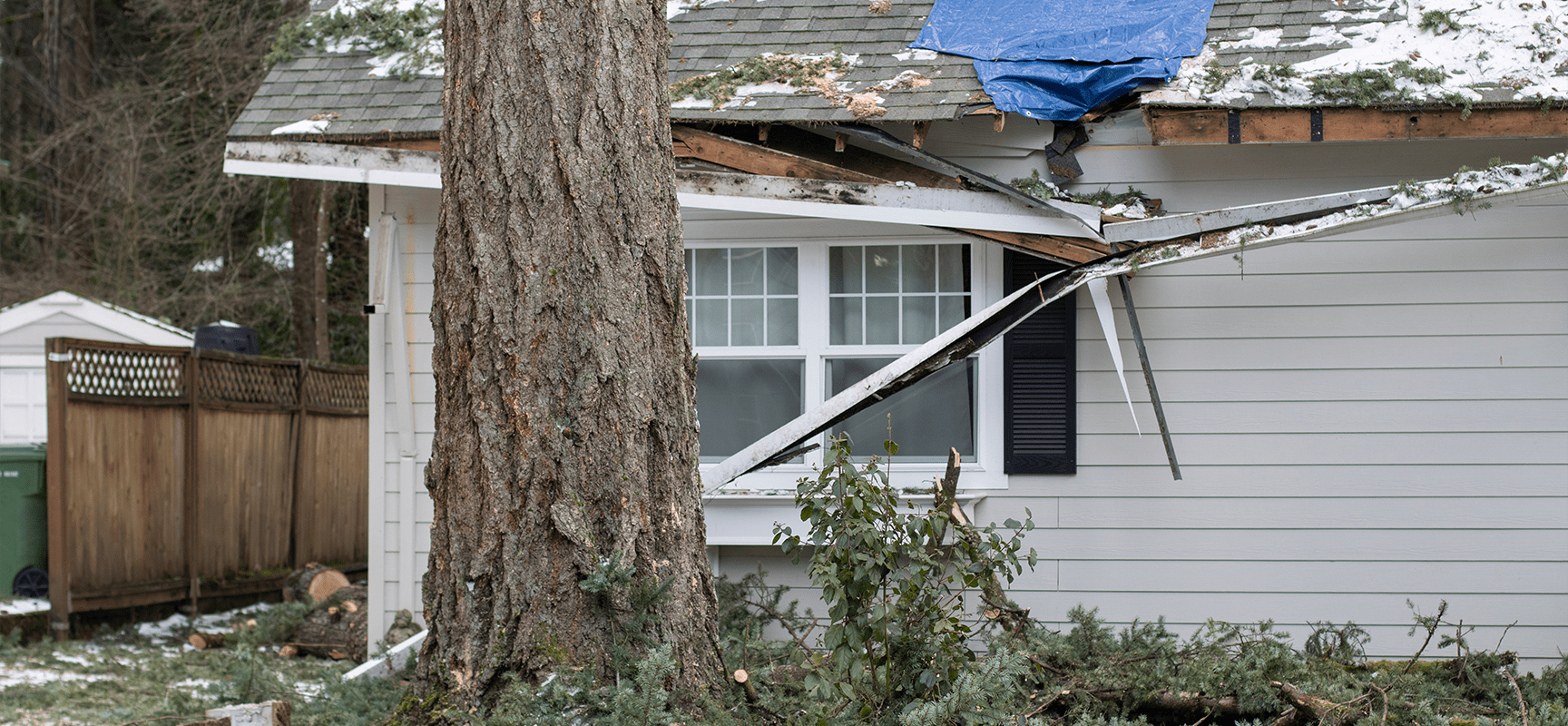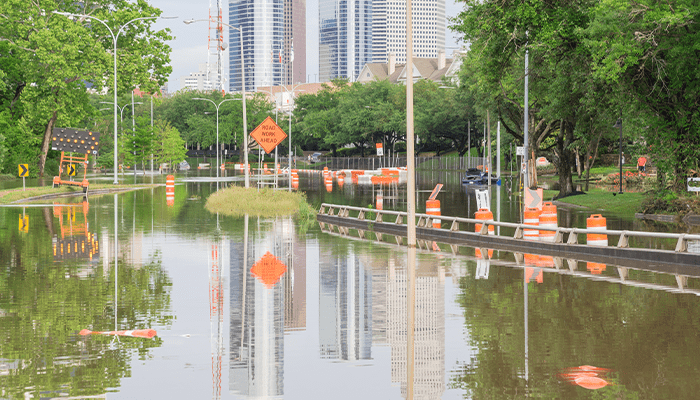
Protect Your Home Against Wind and Hail Damage
When it comes to natural disasters, storms producing wind and hail might not always grab the headlines like hurricanes or earthquakes, but they cause a surprising amount of damage and can lead to a significant number of insurance claims. In fact, wind and hail damage are consistently at the top of the list of the most common and costly insurance claims in the United States.
The Frequency and Cost of Wind and Hail Damage
According to the Insurance Information Institute (III), about one in 35 insured homes has a property damage claim related to wind or hail each year. In 2021, wind and hail accounted for nearly 40% of all homeowner's insurance claims, with an average payout of $12,913 per claim. According to FEMA’s National Risk Index, the expected annual loss from hail in the U.S. includes substantial damage to buildings and agriculture. This high volume of claims not only affects individual policyholders but also influences the overall cost of insurance premiums.
Why Wind and Hail Damage is So Prevalent
Several factors contribute to the prevalence of wind and hail damage claims:
- Geographical Spread: Wind and hail can occur almost anywhere, but certain regions, such as the Midwest and the Great Plains, are particularly prone to these events. For instance, Texas recorded 192,988 hail loss claims in 2019, the highest in the country (III).
- Seasonal Patterns: These storms are more common during certain times of the year, especially in spring and summer, leading to seasonal spikes in claims. In 2022, the National Oceanic and Atmospheric Administration (NOAA) recorded 4,436 major hail events.
- Severity of Storms: The intensity of wind and hail can vary, but even moderate storms can cause significant damage to property. For example, a series of hailstorms in Texas in April 2021 resulted in an estimated $1.2 billion in property loss.
Mitigating the Risks
"It’s important to keep in mind that hail can shatter glass, including windows," says Holly Lancaster. "Close all window coverings to protect yourself from broken glass and flying debris. After a hailstorm, check your roof and yard for missing shingles that may have been dislodged during the storm. It’s also a good idea to check around your gutters for shingle granules which may be another sign of hail damage, resulting in premature aging of the roof."
While it’s impossible to prevent storms, there are steps homeowners can take to mitigate the risks and reduce potential damage:
Insurance Coverage:
- Regularly review your homeowners insurance policy to ensure it provides adequate coverage for wind and hail damage.
- Consider purchasing a separate flood insurance policy if you live in an area prone to flooding, as standard homeowners' insurance does not cover flood damage.
- Understand your policy’s deductibles and coverage limits for wind and hail damage. Adjust them if necessary to ensure you are adequately protected.
Regular Maintenance:
- Regularly inspect your roof for loose or damaged shingles and repair them as needed.
- Keep gutters and downspouts clear of debris to ensure proper drainage and prevent water damage.
- Check for cracks or gaps in siding and windows, and seal them to prevent wind-driven rain from entering your home.
Storm-Resistant Materials:
- Invest in roofing materials that are designed to withstand hail impacts and high winds.
- Install storm shutters to protect windows from flying debris during windstorms.
- Ensure your garage door is reinforced to withstand high winds, as garage doors are often a weak point in homes during storms.
Landscaping:
- Trim trees and remove dead branches that could fall and cause damage during a storm.
- Anchor or store outdoor furniture, grills, and other items that could become projectiles in high winds.
Conclusion
Wind and hail damage may not always make the news, but their impact on homeowners and insurance companies is undeniable. By understanding the risks and taking proactive measures, homeowners can better protect their properties and navigate the aftermath of these common yet significant weather events.
Featured News & Insights

As the chill of winter fades, spring brings vibrant colors and a sense of renewal and hope. Of course, spring also brings its share of weather hazards. Being prepared is the first step to ensuring...

When we think of workplace deaths or injuries, we often picture incidents caused by occupational hazards or machine malfunctions. OSHA works tirelessly to ensure employees are in the safest...

Manufacturing is a cornerstone of the global economy, encompassing industries that transform raw materials into finished goods. From automotive and aerospace to electronics and consumer products, the...
